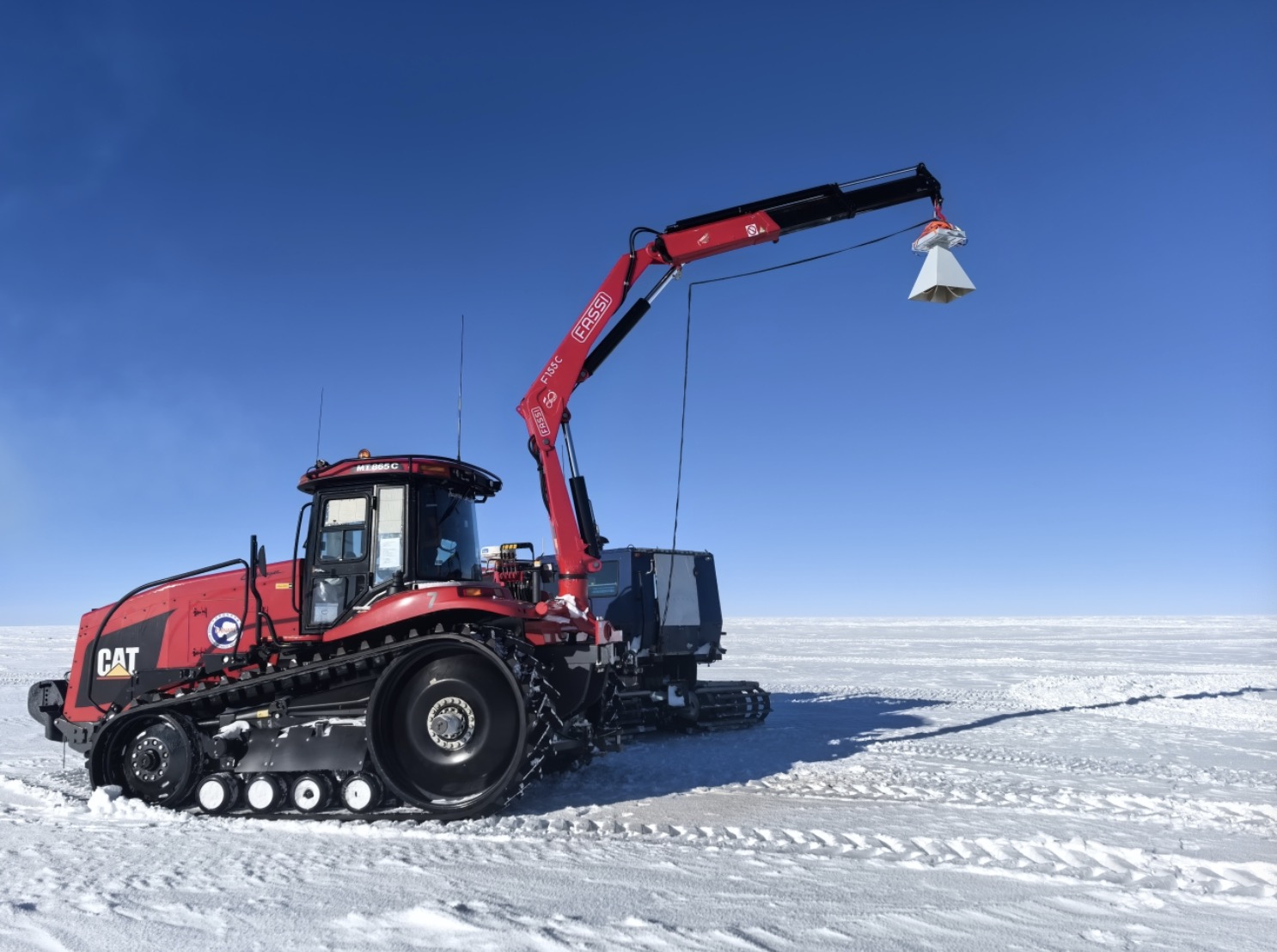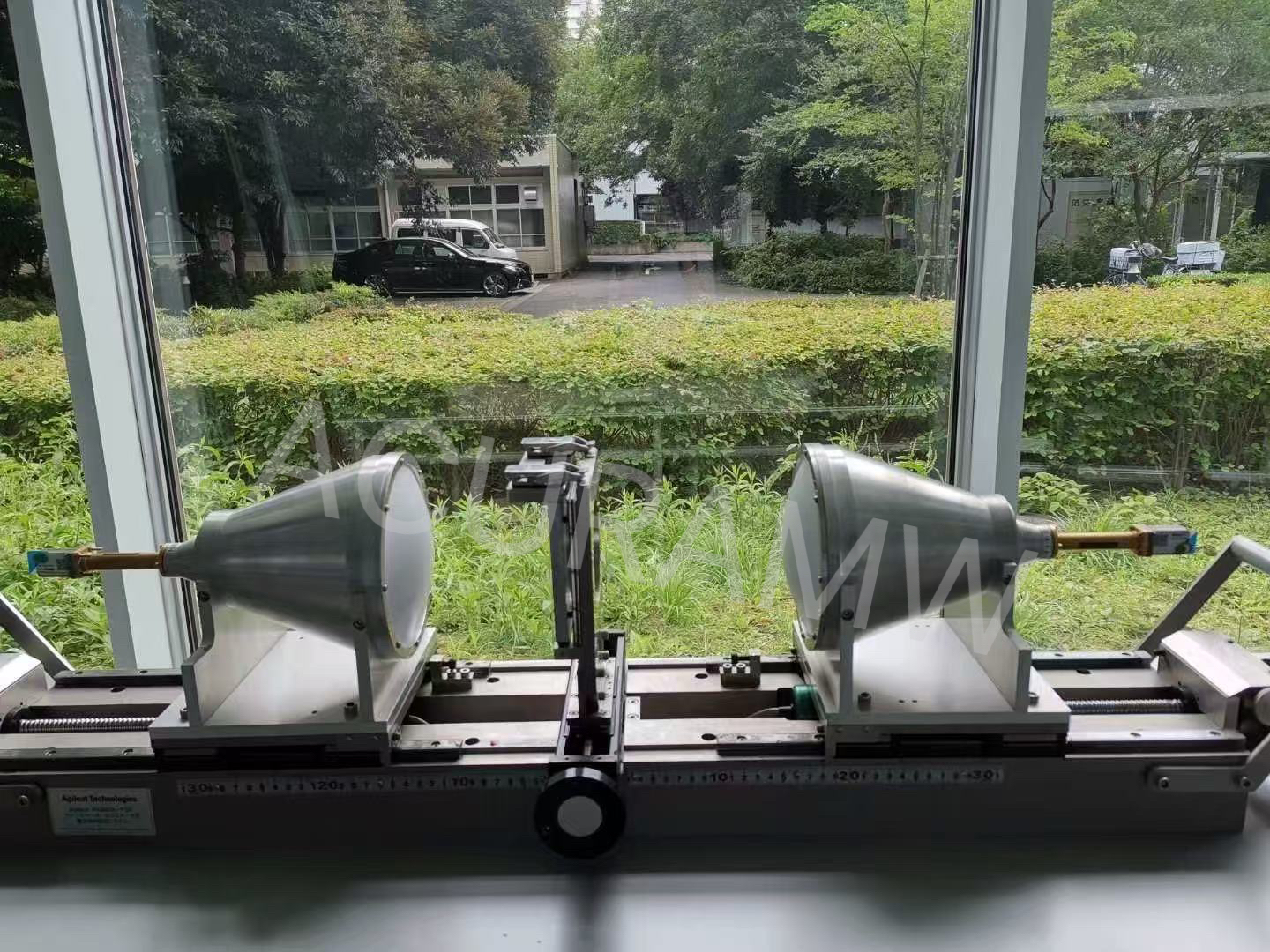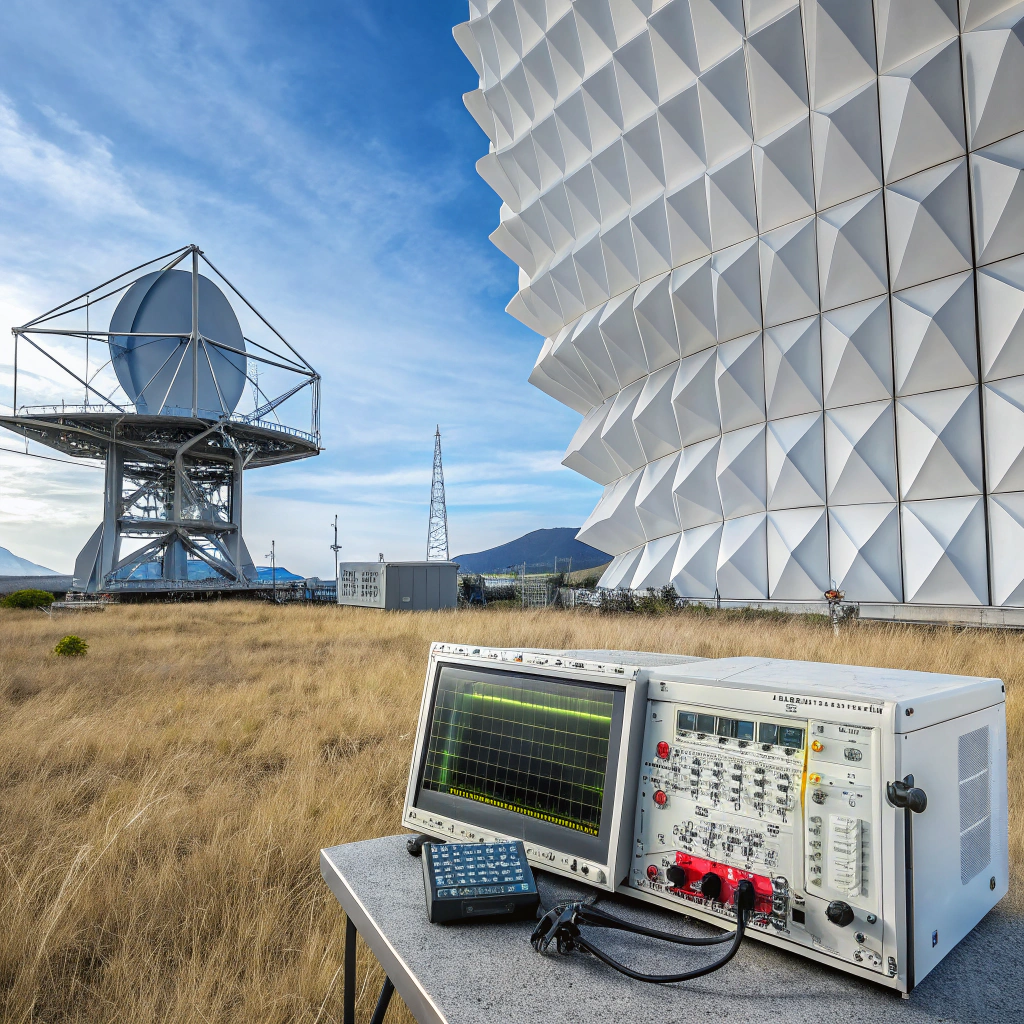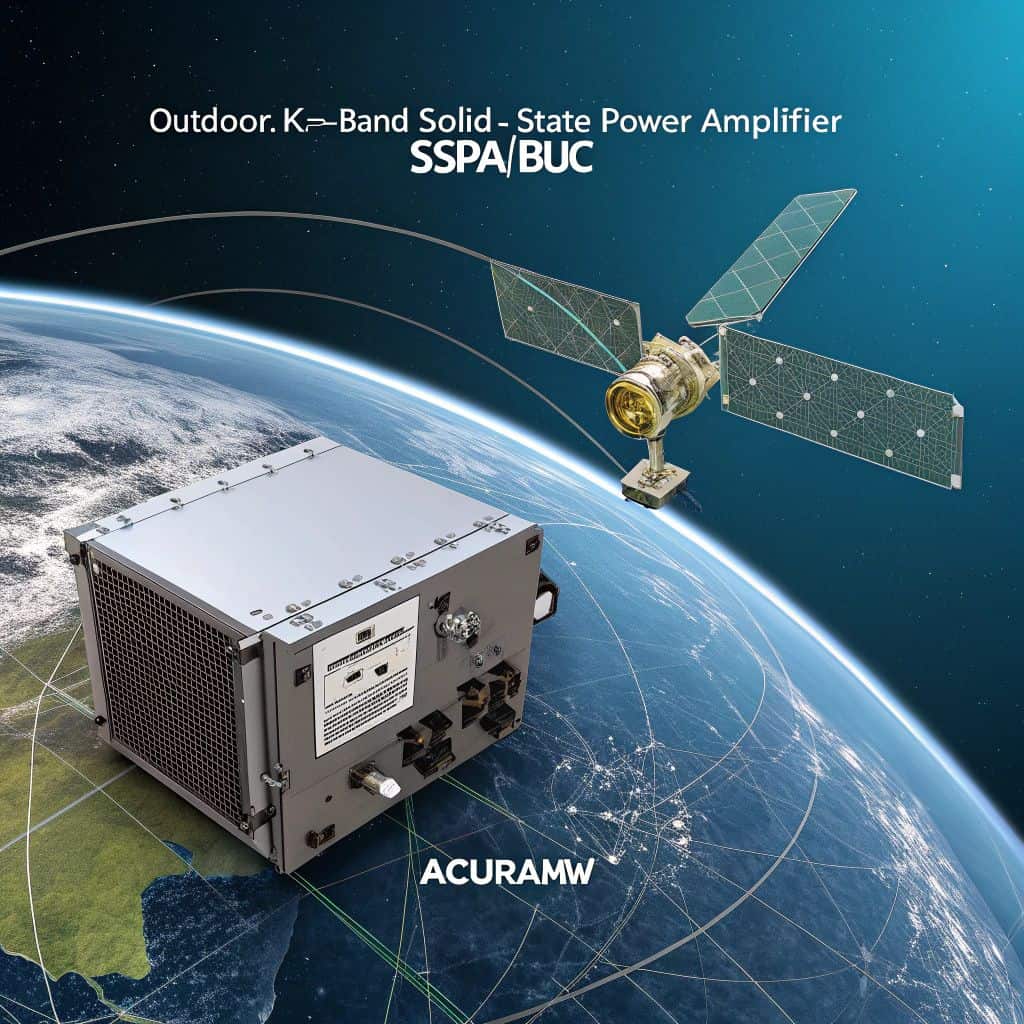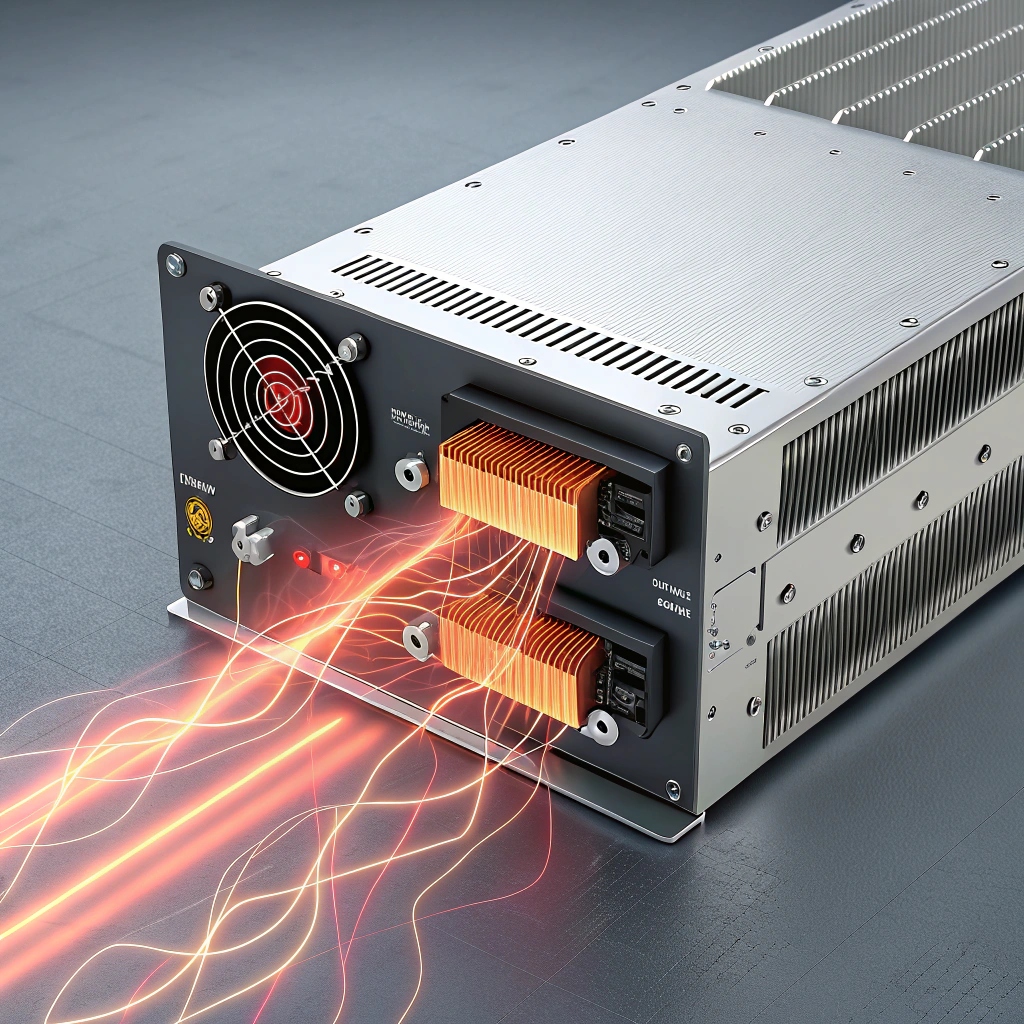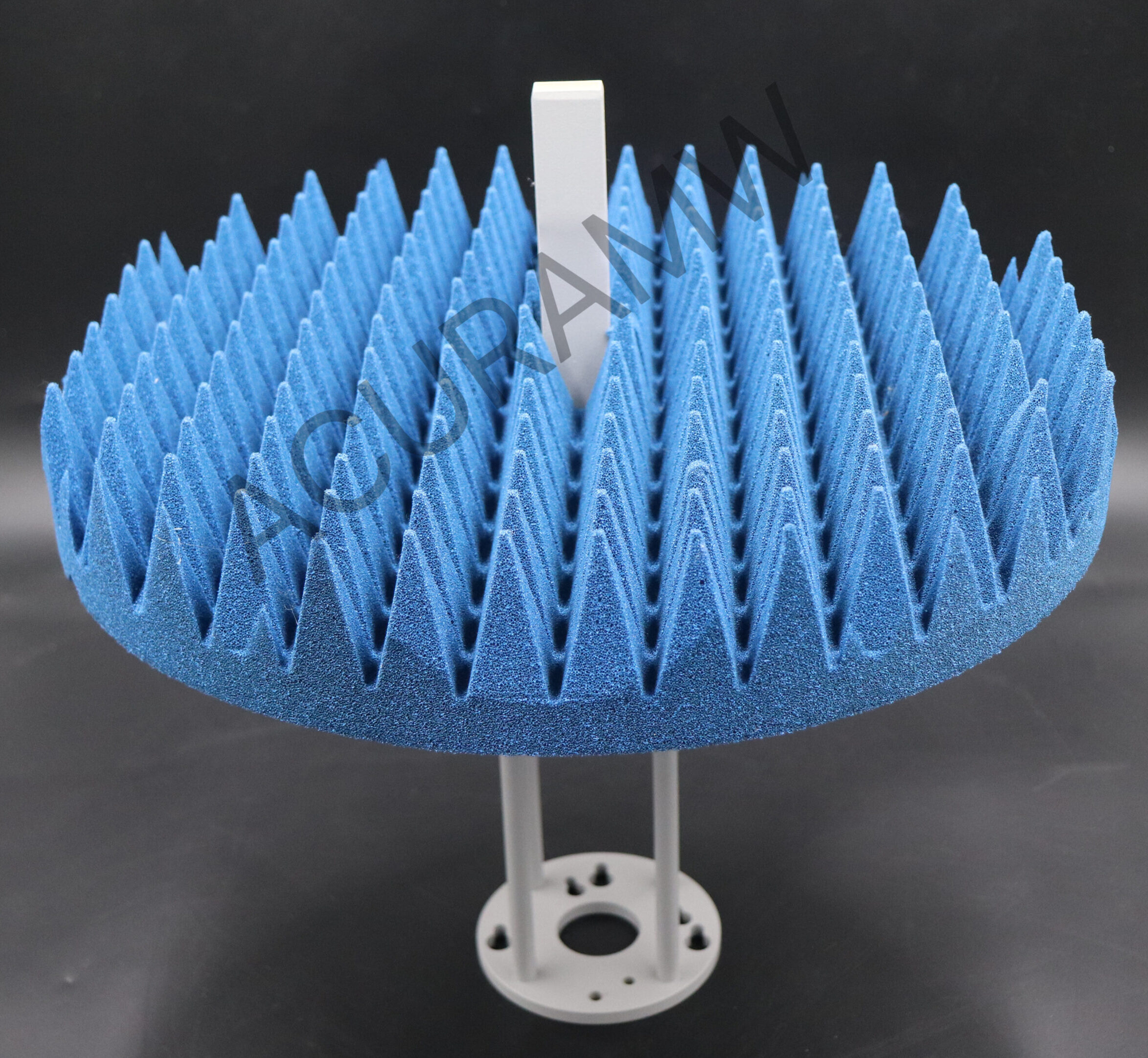Introduction to the Antarctic Radiometer Experiment
In a significant advancement for polar research, the 41st Chinese Antarctic Expedition, led by the Ministry of Natural Resources, successfully completed an air-ground joint experiment using China’s independently developed ultra-wideband hyperspectral microwave radiometer. This milestone took place at the Zhongshan Ice and Snow Airfield, Antarctica, marking the first international experiment of its kind on the Antarctic continent.
Airborne and Ground-Based Radiometer Experiments
The experimental campaign included:
-
Two helicopter calibration flights covering over 300 kilometers of ice sheet flight paths near Zhongshan Station.
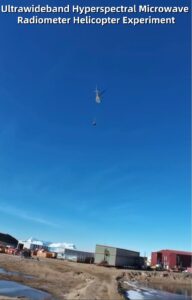
Ultrawideband Hyperspectral Microwave Radiometer Helicopter Experiment
-
Five vehicle-mounted snow surface point measurement experiments conducted across the 1,200-kilometer PANDA section between Zhongshan Station and Kunlun Station.
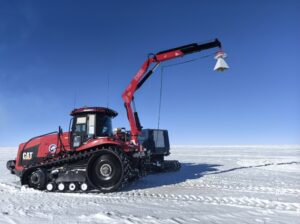
Ultrawideband Hyperspectral Microwave Radiometer Snow Vehicle Ice Surface Point Measurement Experiment
These coordinated efforts allowed for comprehensive observation of Antarctic ice sheet characteristics from both the air and ground.
Technical Highlights and Supporting Organizations
This mission was supported by:
- The Office of Polar Investigation (State Oceanic Administration)
- The Polar Research Institute of China
- Funded under the National Key R&D Program on "High-resolution Polar Cryosphere Active and Passive Microwave Detection Technology"
The radiometer system was developed by the National Space Science Center, Chinese Academy of Sciences, with the experimental plan jointly designed and executed by Tongji University and the Polar Research Institute of China.
Scientific Objectives and Breakthroughs
According to Chief Scientist Dr. Zhu Di, the system provides:
- Temperature profiling from the surface to 4,000 meters deep
- Detection of subglacial temperature distribution, crucial for understanding:
- Ice sheet melting mechanisms
- Subglacial lake and water system dynamics
- Sea level change projections
Unlike traditional, costly methods such as deep drilling, this radiometer captures weak microwave emissions from within the ice sheet, offering a non-invasive and efficient solution.
Key Benefits of the Radiometer
- Enhanced understanding of thermal evolution of the Antarctic ice sheet
- Lays the foundation for future spaceborne and airborne cryospheric observation platforms
- Contributes to China’s global leadership in climate research
Acuramw's UWB Horn Antenna: Critical Component
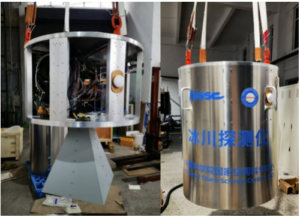
Acura‘s Dual Polarized Horn Antenna (P/N: AMT-DP0330)
Key Specifications
- Frequency Range: 0.3 – 3.0 GHz (Ultra-Wideband)
- Gain: 5 – 18 dBi
- Polarization: Dual Linear
- Size: 530 x 530 x 600 mm
Ideal for Applications
- Microwave Radiometry & Remote Sensing
- Ultra-Wideband (UWB) Scientific Systems
- Atmospheric & Environmental Studies
- Antenna Measurement & EMC Testing
- Advanced Radar System Prototyping
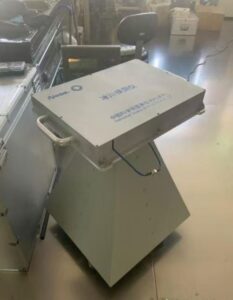
Airborne Ultra-Wideband Hyperspectral Microwave Radiometer – Physical System by National Space Science Center, Chinese Academy of Sciences
Learn More
More details are available in the official release from the Chinese Academy of Sciences.
To learn more about our antenna product, visit Acura Microwave’s horn antenna page or email us at [email protected].
Dual polarized horn antenna###Quad ridged horn antenna###0.3-3.0GHz horn antenna###Ultra-wideband Hyperspectral Microwave Radiometer###Antarctic Remote Sensing ###Helicopter Radiometer Flight Experiment###Snow Vehicle Microwave Observation#Horn Antenna###Cryosphere Temperature Mapping###Passive Microwave Remote Sensing

